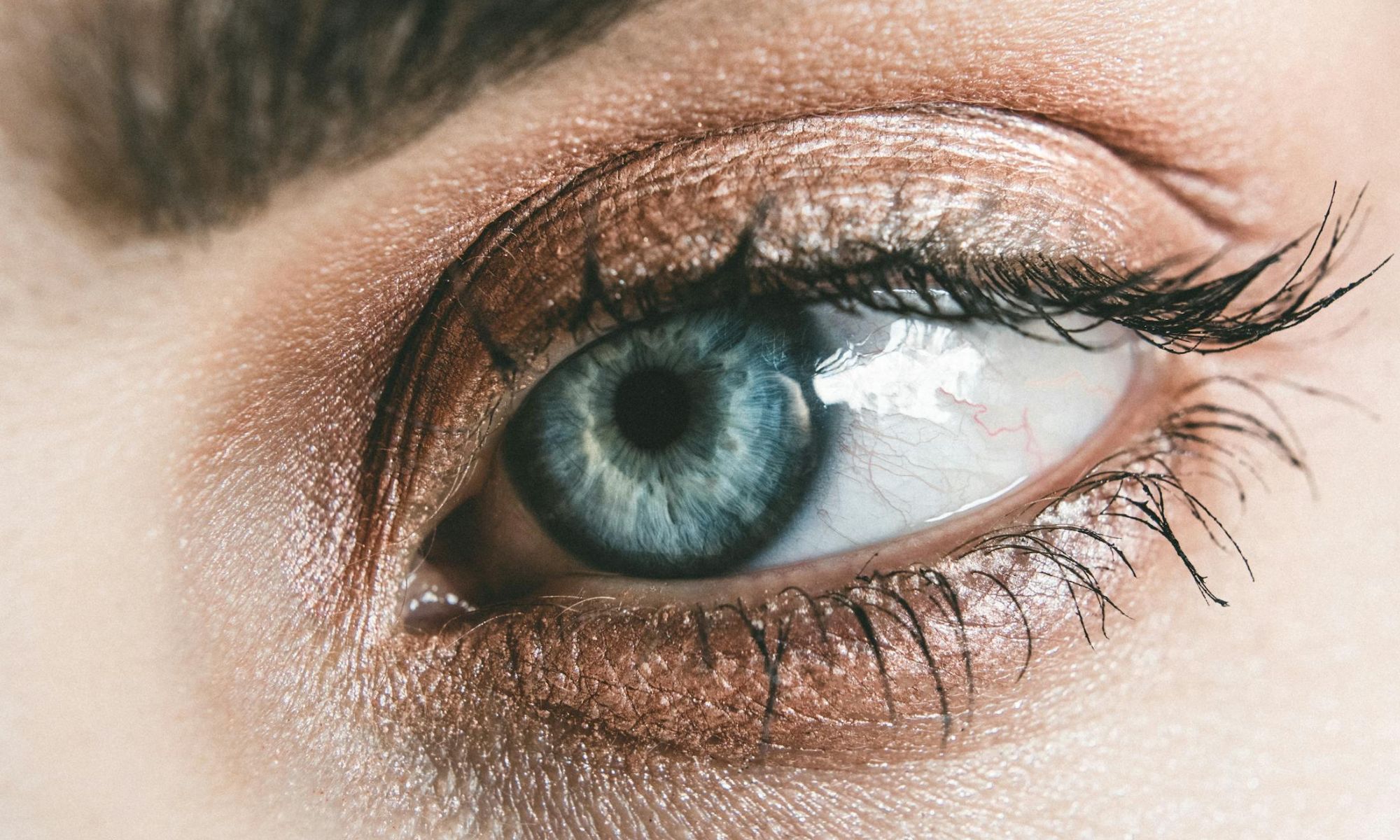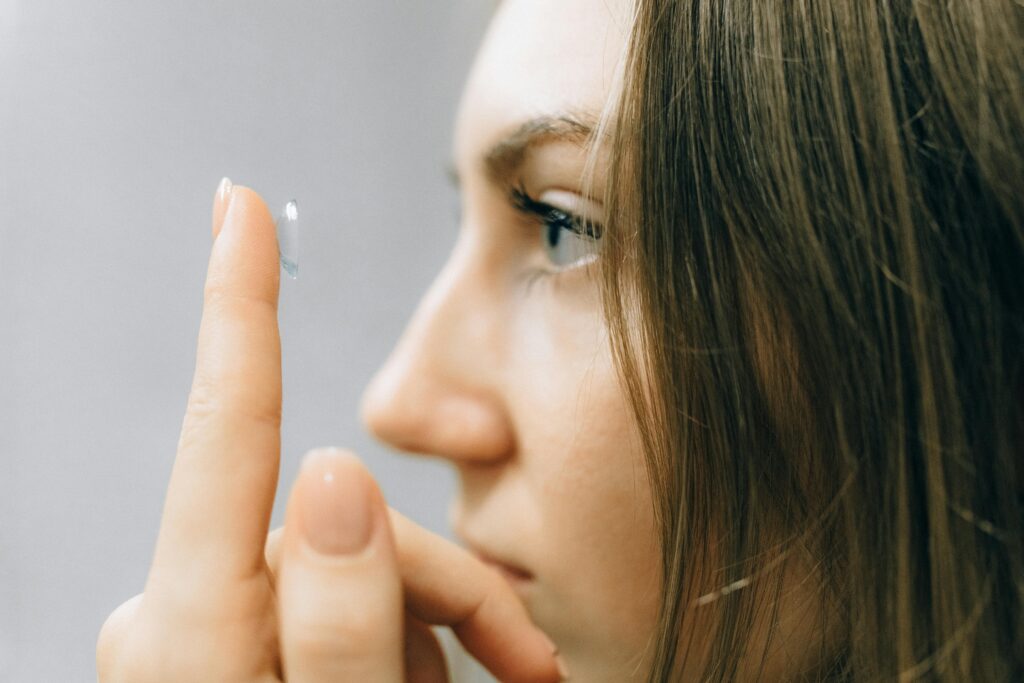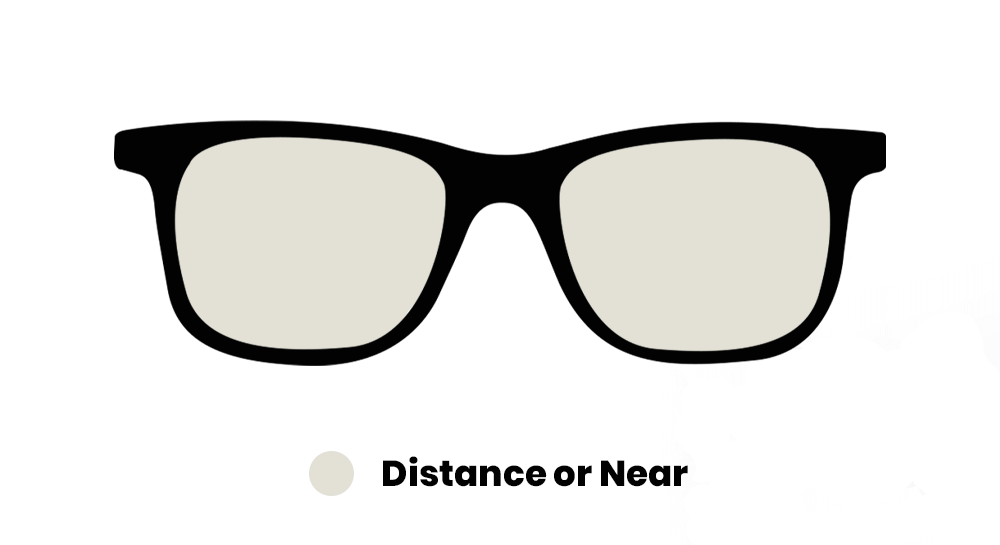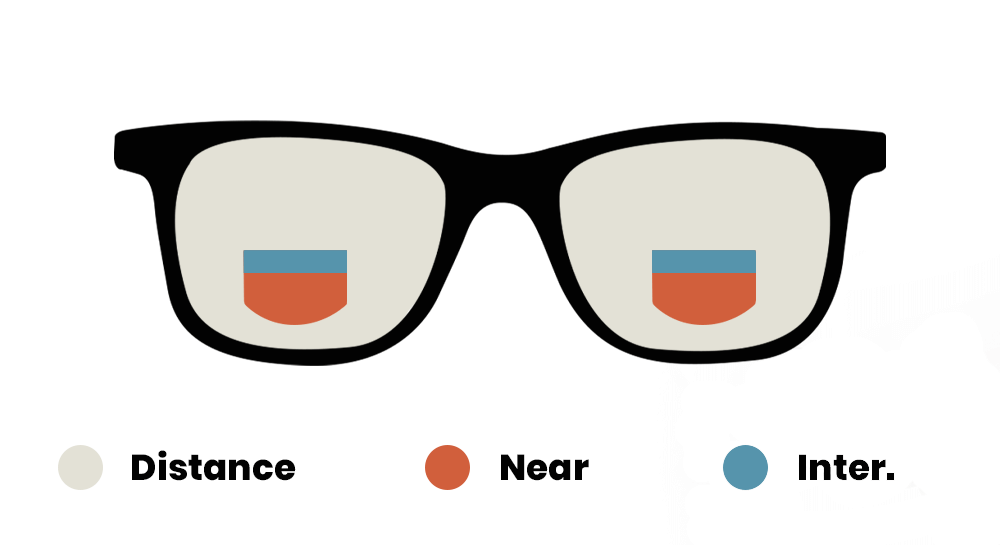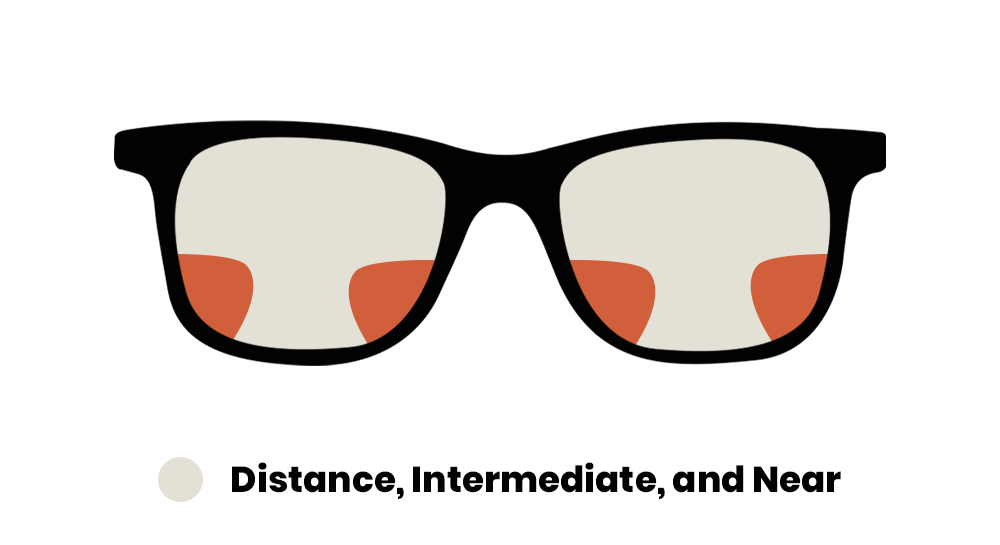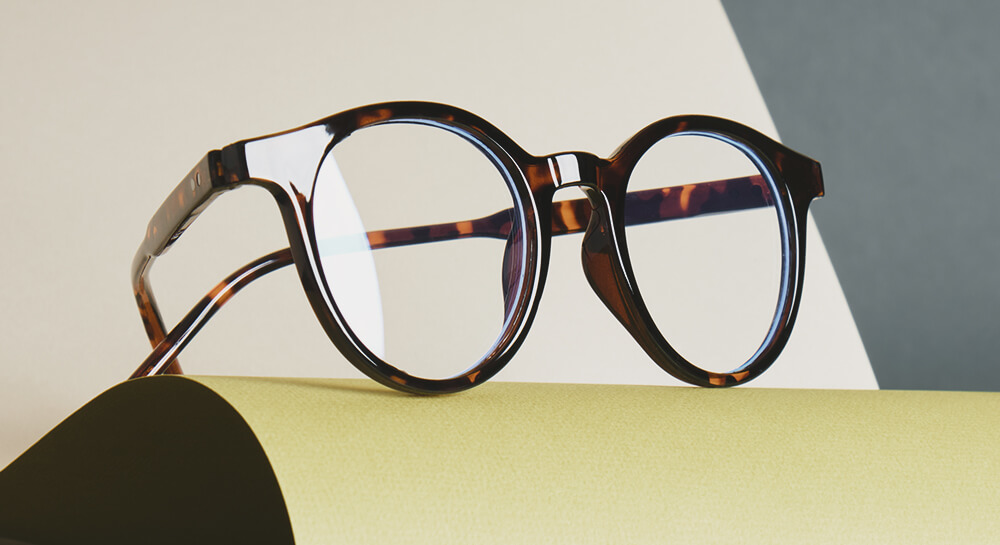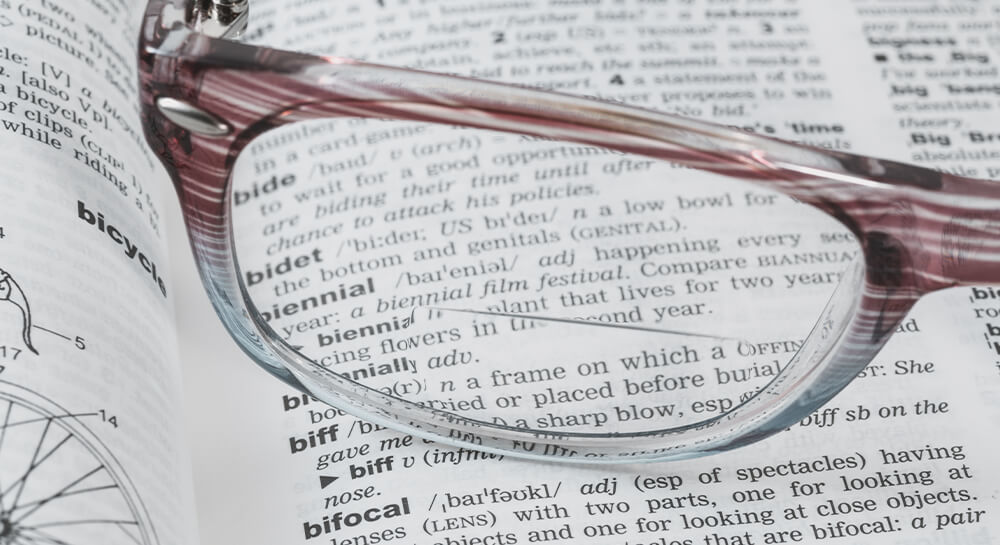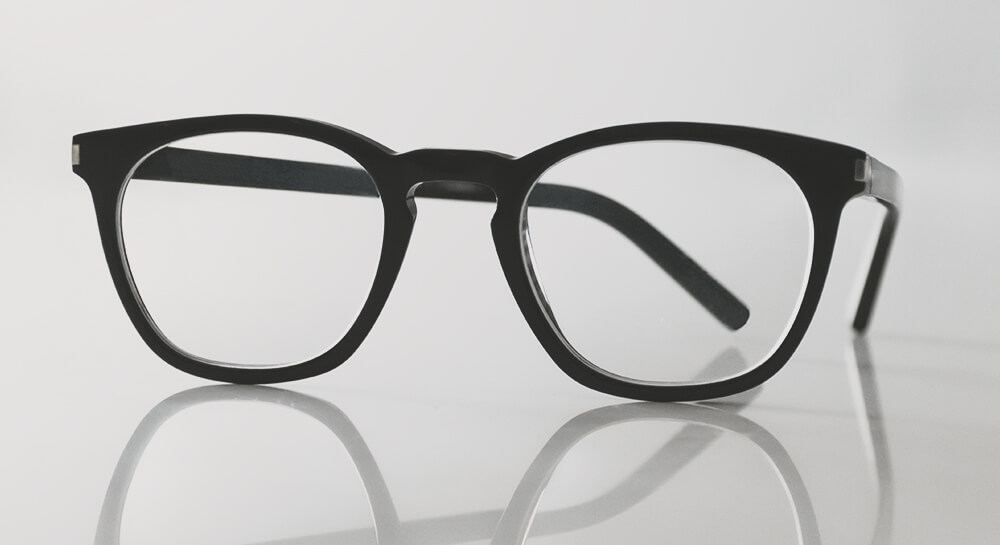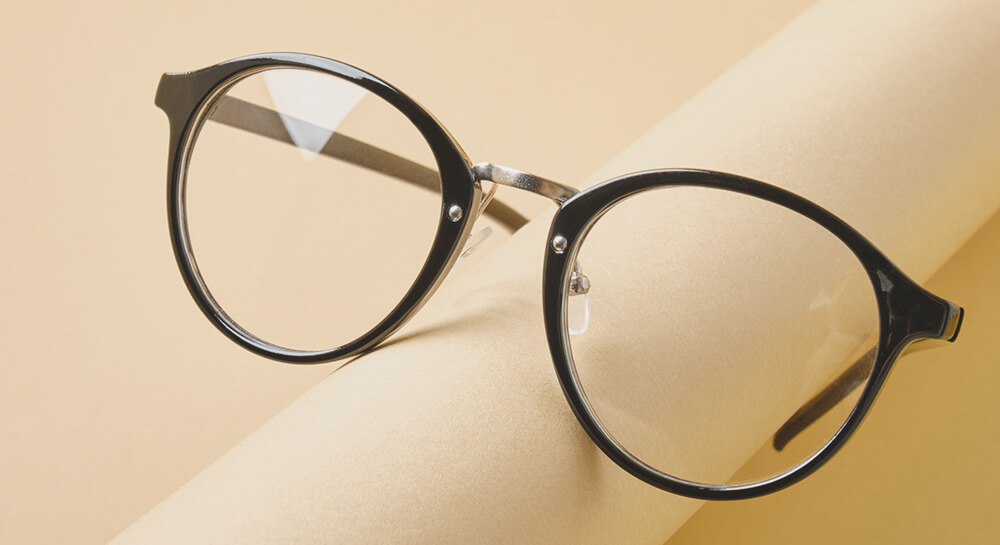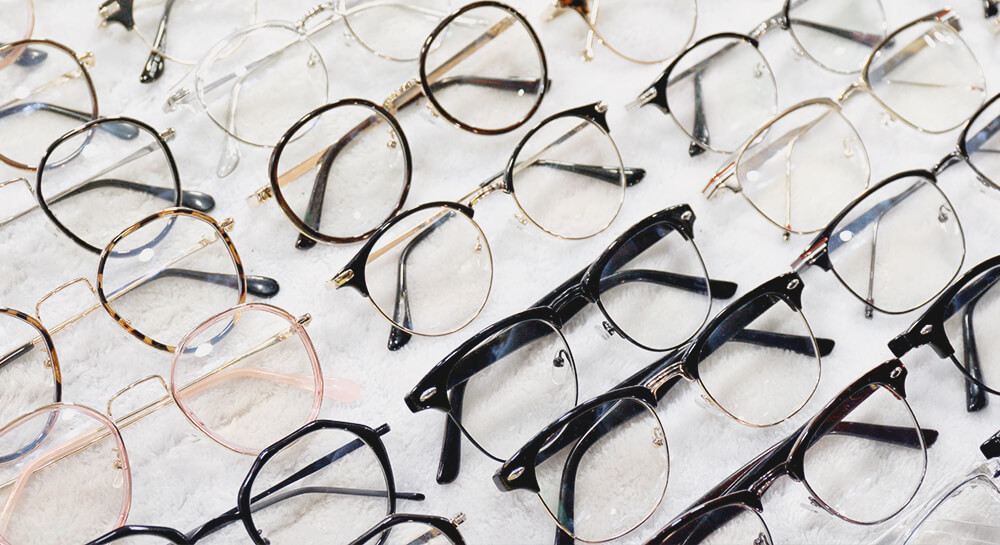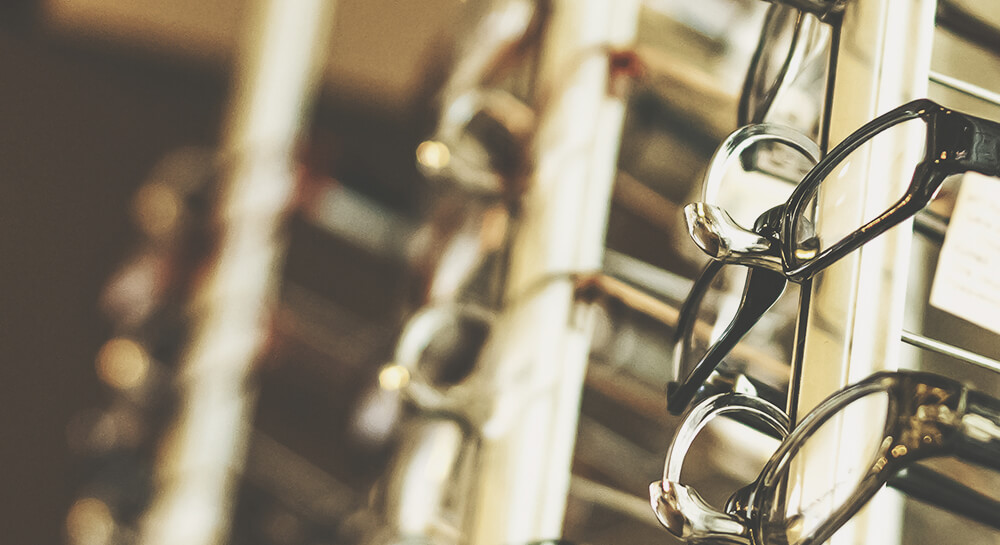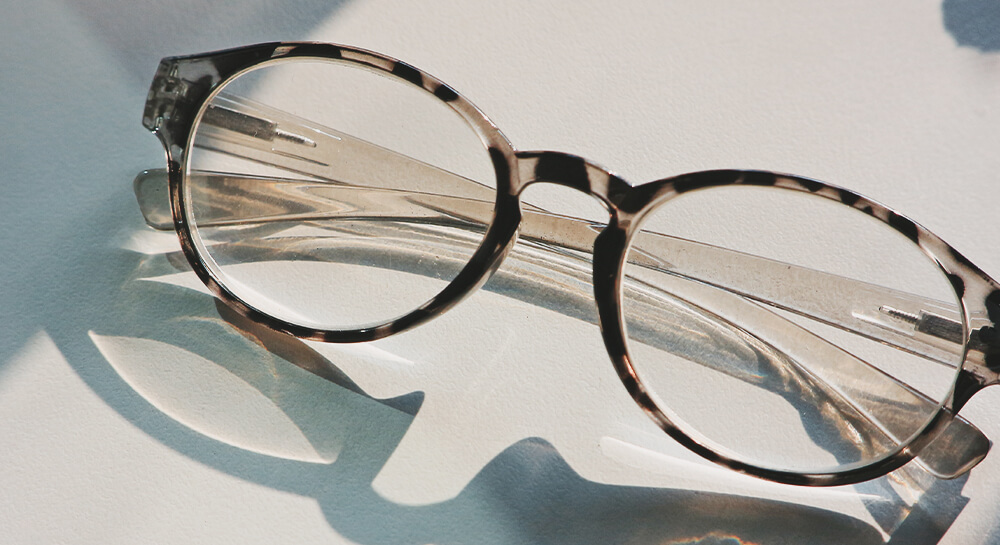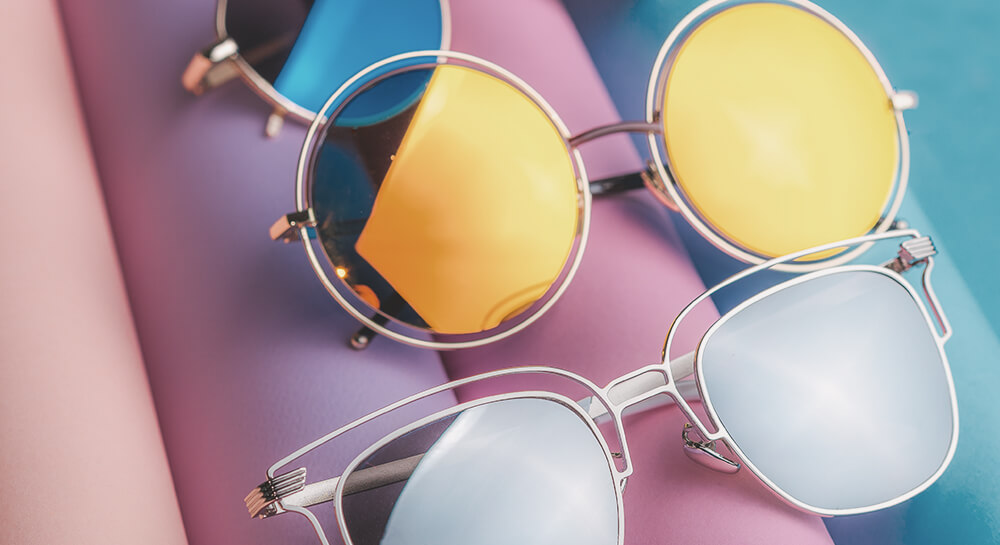Your eyes do a lot more than just help you see—they play a key role in how you navigate the world. But like the rest of your body, they’re vulnerable to a range of conditions that can affect your vision and quality of life. The good news? Knowing what to watch for can help you catch problems early, when they’re easiest to treat.
Below, we’ll walk through 10 of the most common eye conditions, what causes them, and how you can recognize the signs.
1. Dry Eye Syndrome
What is dry eye syndrome?
Dry eye happens when your eyes don’t produce enough tears, or the tears evaporate too quickly. It’s one of the most common eye conditions, especially in adults over 50.
Common signs:
-
Burning or stinging sensation
-
Gritty feeling (like something’s in your eye)
-
Blurry vision that comes and goes
It can also be made worse by screen time, wind, or certain medications.
2. Conjunctivitis (Pink Eye)
How do you know if you have pink eye?
If your eye is red, itchy, and has a sticky discharge, you might be dealing with conjunctivitis. It’s usually caused by a viral or bacterial infection, or an allergic reaction.
Symptoms to watch for:
-
Redness in the white of the eye
-
Watery or pus-like discharge
-
Itchy or gritty feeling
-
Swollen eyelids
Pink eye spreads easily, especially in schools and daycare settings.
3. Cataracts
What is a cataract?
A cataract is a clouding of the eye’s natural lens. Most cataracts develop slowly over time and are very common in older adults.
Signs of a cataract include:
-
Blurry or foggy vision
-
Faded colors
-
Difficulty seeing at night
-
Sensitivity to light and glare
Cataracts are a leading cause of vision loss worldwide, but surgery can usually restore clear vision.
4. Glaucoma
What is glaucoma, and how does it affect your vision?
Glaucoma is a group of eye disorders that damage the optic nerve, often due to high eye pressure. It’s one of the leading causes of irreversible blindness.
The tricky part? It usually has no early symptoms. That’s why regular eye exams are essential.
As it progresses, you may notice:
-
Loss of peripheral (side) vision
-
Blurred vision
-
Halos around lights
There’s no cure, but early treatment can help slow its progress.
5. Macular Degeneration (AMD)
What are the symptoms of macular degeneration?
AMD affects the central part of your retina (the macula), leading to vision loss in the center of your field of vision.
Early signs include:
-
Trouble seeing fine details
-
Difficulty recognizing faces
-
Straight lines appearing wavy
This condition is most common in people over 60 and can be slowed with proper treatment and lifestyle changes.
6. Diabetic Retinopathy
Can diabetes affect your eyes?
Absolutely. Diabetic retinopathy is damage to the retina’s blood vessels caused by high blood sugar levels.
Symptoms may include:
-
Floaters
-
Blurry or fluctuating vision
-
Dark or empty areas in your vision
-
Vision loss
Managing blood sugar and having regular dilated eye exams are crucial for prevention.
7. Refractive Errors (Nearsightedness, Farsightedness, Astigmatism)
What are refractive errors?
They’re the most common types of eye disorders, affecting how light bends in the eye.
Types include:
-
Myopia (nearsightedness): Trouble seeing far objects
-
Hyperopia (farsightedness): Trouble seeing close objects
-
Astigmatism: Blurry or distorted vision due to irregular cornea shape
Symptoms to look out for:
-
Eye strain
-
Headaches
-
Squinting
-
Difficulty focusing
Glasses, contact lenses, or surgery can correct these issues.
8. Blepharitis
Why are my eyelids swollen and crusty?
It might be blepharitis—an inflammation of the eyelids, often caused by bacteria or skin conditions like rosacea.
Signs of blepharitis include:
-
Red, swollen eyelids
-
Crusting around the lashes
-
Burning or itchy eyes
-
Watery eyes
Warm compresses and eyelid scrubs are usually recommended for relief.
9. Floaters and Flashes
Are floaters in the eye serious?
Floaters (tiny specks or cobweb-like shapes drifting in your vision) are usually harmless and part of the normal aging process. However, if you notice a sudden increase in floaters, especially with flashes of light, it could signal a retinal tear or detachment.
When to see a doctor:
-
Sudden burst of floaters
-
Light flashes
-
Shadow or curtain over part of your vision
These symptoms need urgent attention.
10. Presbyopia
Why is it harder to read small print as I get older?
That’s presbyopia—a natural part of aging where the eye’s lens becomes less flexible, making it tough to focus on close objects.
Typical signs:
-
Needing to hold books or phones farther away
-
Eye strain during reading
-
Headaches after close work
Reading glasses or multifocal lenses usually help.
When Should You See an Eye Doctor?
If you’re experiencing any of the symptoms listed above—or simply haven’t had an eye exam in a while—it’s a good idea to schedule one. Many types of eye disorders can be managed effectively when caught early.
What are the most common eye conditions?
Some of the most common include dry eye syndrome, cataracts, glaucoma, conjunctivitis, and refractive errors.
Where can I find an eye diseases list?
Right here! The conditions we’ve covered form a strong foundation of any comprehensive eye diseases list, especially for routine care and early intervention.
Final Thoughts
Your eyes are often a window to your overall health. If something feels off—even slightly—it’s worth checking out. Whether it’s blurry vision, redness, or just general discomfort, catching a problem early is the best way to protect your sight for years to come.
Want to keep your eyes in top shape? Schedule your next eye exam with us today. We’re here to help you see clearly, comfortably, and confidently.






